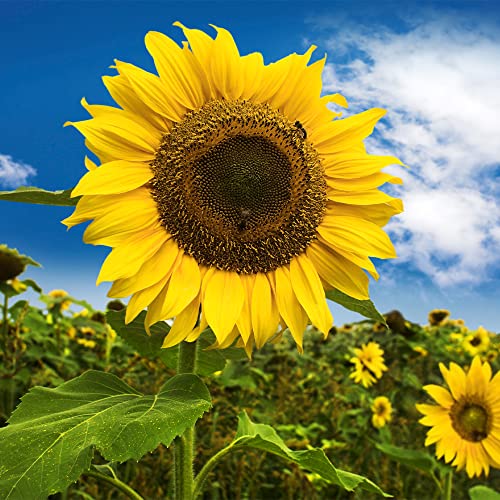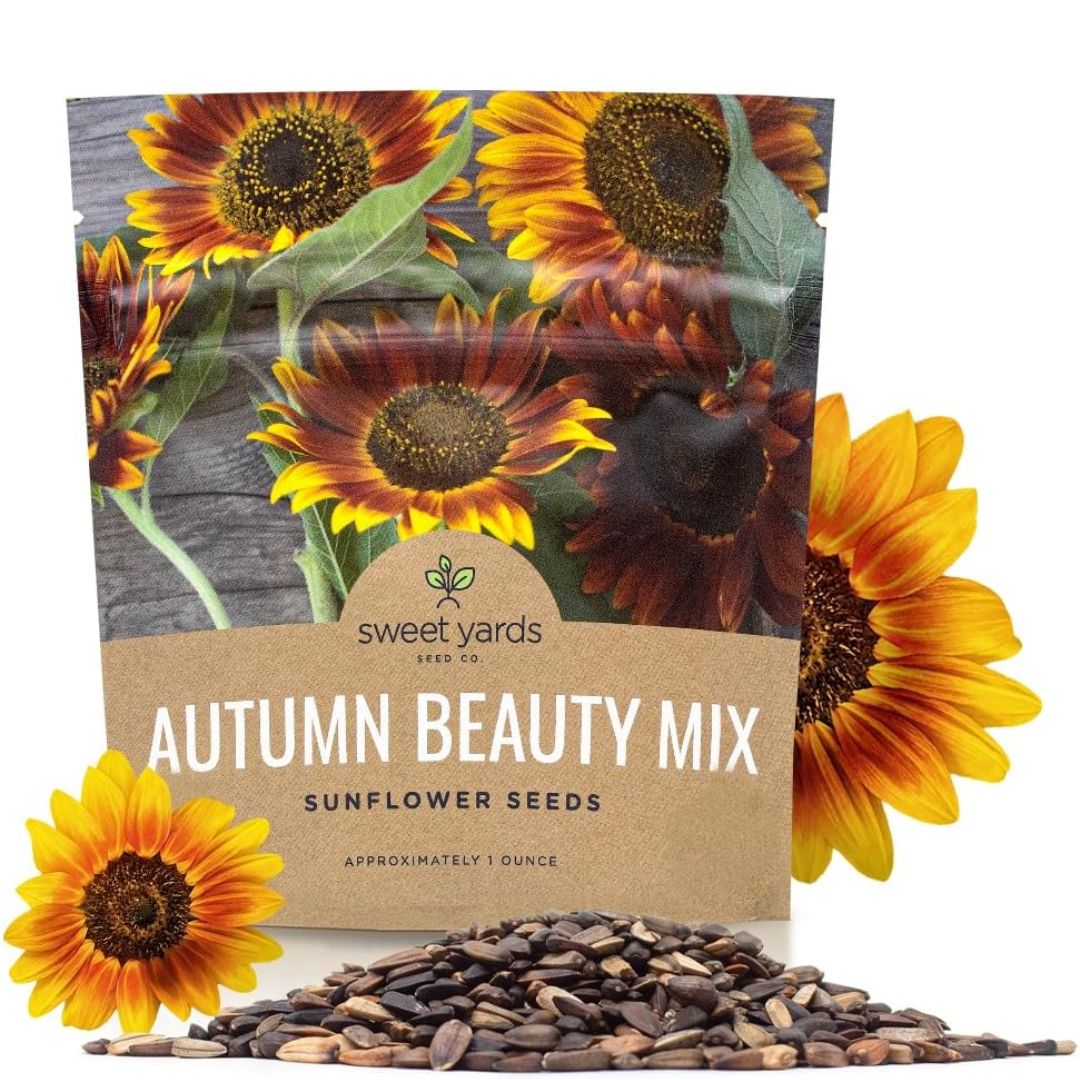How to Grow Sunflowers — Plant These Sun-Loving Annuals to Brighten Up Your Yard
They're bright, bold and beautiful, these blooms can elevate your outdoor living space and bring it back to life
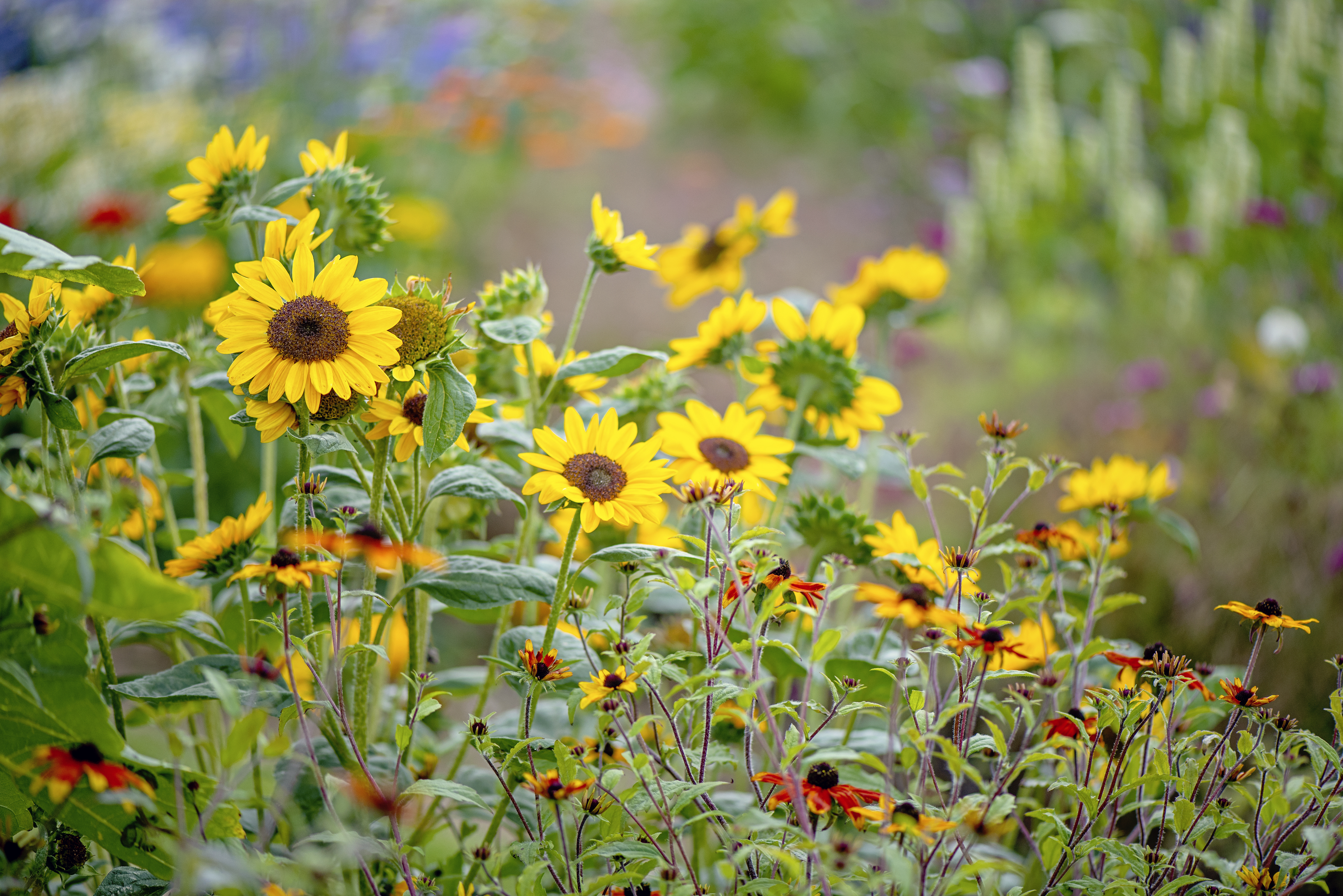

Sunflowers are much loved as yard plants for a reason. Aside from their bold, bright and beautiful appearance, sunflowers have an exquisite way of adding a touch of serenity to any backyard. When graced by the morning sun, these blooms face the direction of sunlight and absorb all its nutrients and energy. If there is no sunlight to turn to, sunflowers turn to each other to share their energy and light — pretty exquisite right?
If you couldn’t tell, sunflowers have a place in my heart, among many other flowers that bloom in the summer. Native to North America, these annual plants are known for their color, large petals and wonderful shape. The best part is, sunflowers are available in various colors and sizes.
'While many people love them for their tremendous blooms, they also serve some vital purposes in the world,' gardening expert Kasey Eaves from Vivant Garden Services, tells me. 'For many ecosystems, sunflowers are what we call a keystone species. A keystone species plays a crucial role in maintaining the structure and function of an ecosystem. Its presence has a disproportionately large impact on the surrounding environment compared to its abundance. Sunflowers impact a massive number of species from soil microbes, to pollinators, to people. It’s worthwhile to find a home for a couple in any garden’.
Aside from their beauty, these blooms attract all types of pollinators, which in turn can be very beneficial for your yard's overall health. But how do we grow and take care of these joyful plants? Here is everything you need to know, according to experts.
What are the different types of sunflowers?
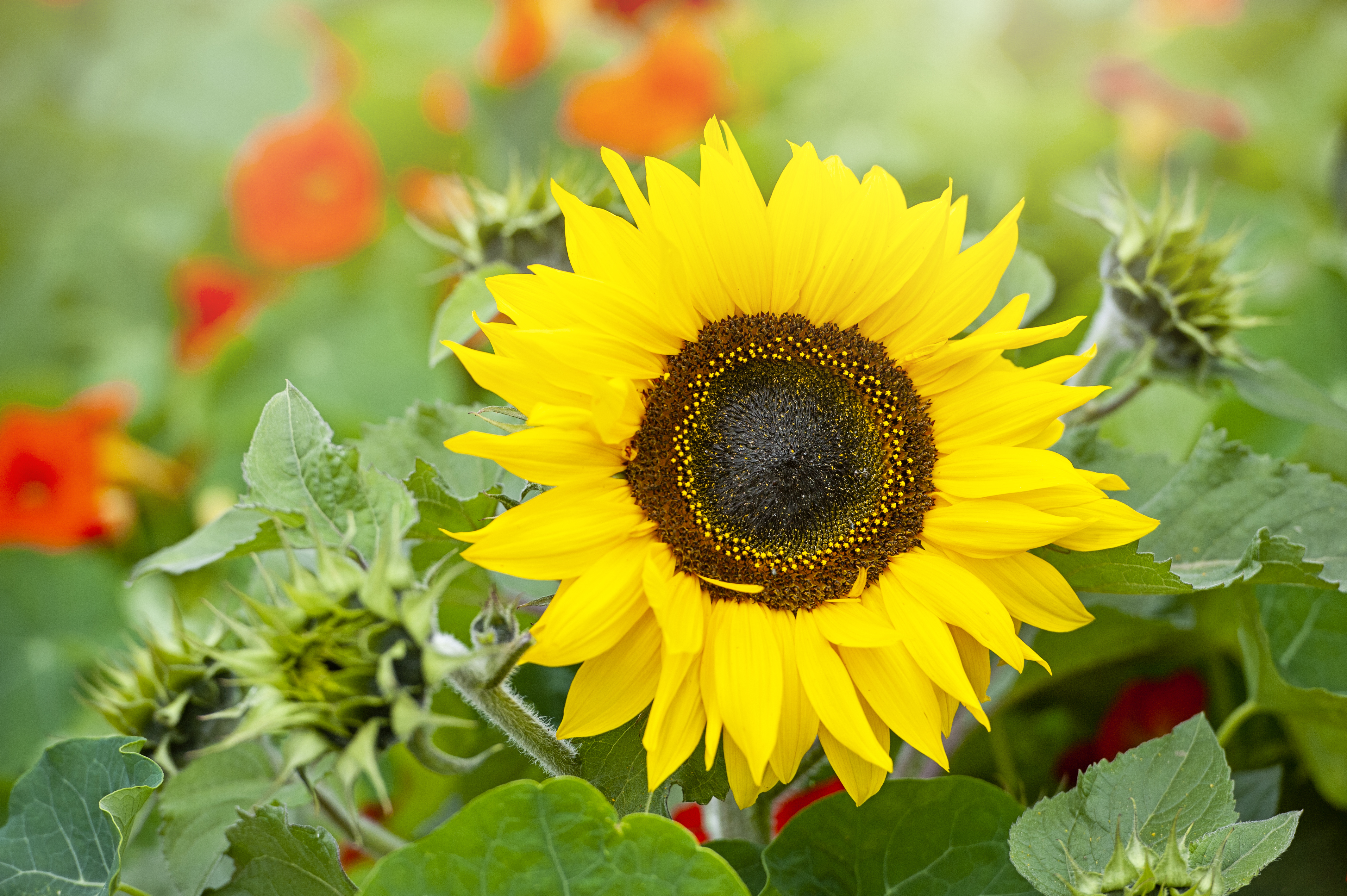
If you're looking to add these happy blooms into your backyard, remember to keep an eye out for the type of sunflower you are choosing. These blooms typically can be categorized into three groups. These are: Traditional Sunflowers, Dwarf Sunflowers and Multiheaded Sunflowers.
Kasey Eaves, gardening expert and founder of Vivant Garden Services says traditional sunflowers, 'are those tall telephone pole plants with giant single flowers at their tops,' while dwarf sunflowers 'typically have less blooms but will grow much shorter to be suitable for container gardening.' As for multiheaded sunflowers, Kasey says these 'can come in many heights but the biggest bonus is that they grow several smaller blooms on bushier plants'.
The gardening expert says within those categories 'you will find other subcategories of sunflowers. Some you can eat the seeds or even the whole seed head of (typically cooked on a grill). Some that have longer and more sturdy stems for florists making bouquets. Some that come in a variety of shapes and colors for decorative purpose'.
She continues: 'If you want to benefit pollinators, choose the most stereotypical sunflower you can find (no crazy colors or double blooms). Our pollinators know what to look for in plants and won’t be served by the more decorative blooms.' Common sunflower seeds, like these from Amazon, may be your best bet
'When choosing a sunflower variety to grow, consider factors such as available space, desired height, bloom size and color, and intended use (e.g. ornamental, edible, cut flowers),' Kasey adds.

Kasey Eaves, founder and head gardener of Vivant Gardens, discovered her green thumb at the tender age of two on her family's Southern Illinois farm, where she cultivated edibles and cherished sunflowers. Since then, she's never looked back! Today, Kasey dedicates herself assisting Chicagoans in nurturing their gardens using sustainable practices. She teaches at the Chicago Botanic Garden, Morton Arboretum, Olbrich Botanic Garden and others. Among her many clients are Millennium Park and Chicago History Museum.
How to grow sunflowers

Now that you've got your sunflower seeds, what is the next step? Well, it's time to plant and grow your warm blooms. Tony O'Neill, plant expert at Simplify Gardening says in order to get the best out of your seeds, you should follow these steps:
1) Find a spot with lots of sunlight - Tony says a location that gets full sun and has well-draining soil is key.
2) Prepare the soil - 'Enrich the soil with compost or well-rotted manure. Ensure the soil is loose and well-drained,' he adds.
3) Sow the seeds - You should aim to plant the blooms seeds directly into the ground after the last frost. Tony adds: 'Sow them about 1 inch deep and 6 inches apart and space then into rows about 30 inches apart'.
4) It's time to water those seeds - Tony says after planting, you need to 'water the seeds immediately after planting. Keep the soil moist but not waterlogged until germination occurs, typically within 7-10 days'.
5) Thinning - 'Once the seedlings are about 6 inches tall, thin them to about 12-18 inches apart to prevent overcrowding'.
Depending on the variety you've chosen, sunflowers can typically take between 80 to 120 days to bloom fully.

I'm Tony O'Neill, a gardening expert and best-selling author. I am an educator with a thriving YouTube channel that has 431,000 subscribers and receives over 1.4 million monthly views. Through my award-winning website, simplifygardening.com, I share my passion for gardening and sustainability. I've authored books including "Composting Masterclass," "Your First Vegetable Garden," and "Simplify Vegetable Gardening," empowering individuals to cultivate their own green spaces.
How to take care of sunflowers
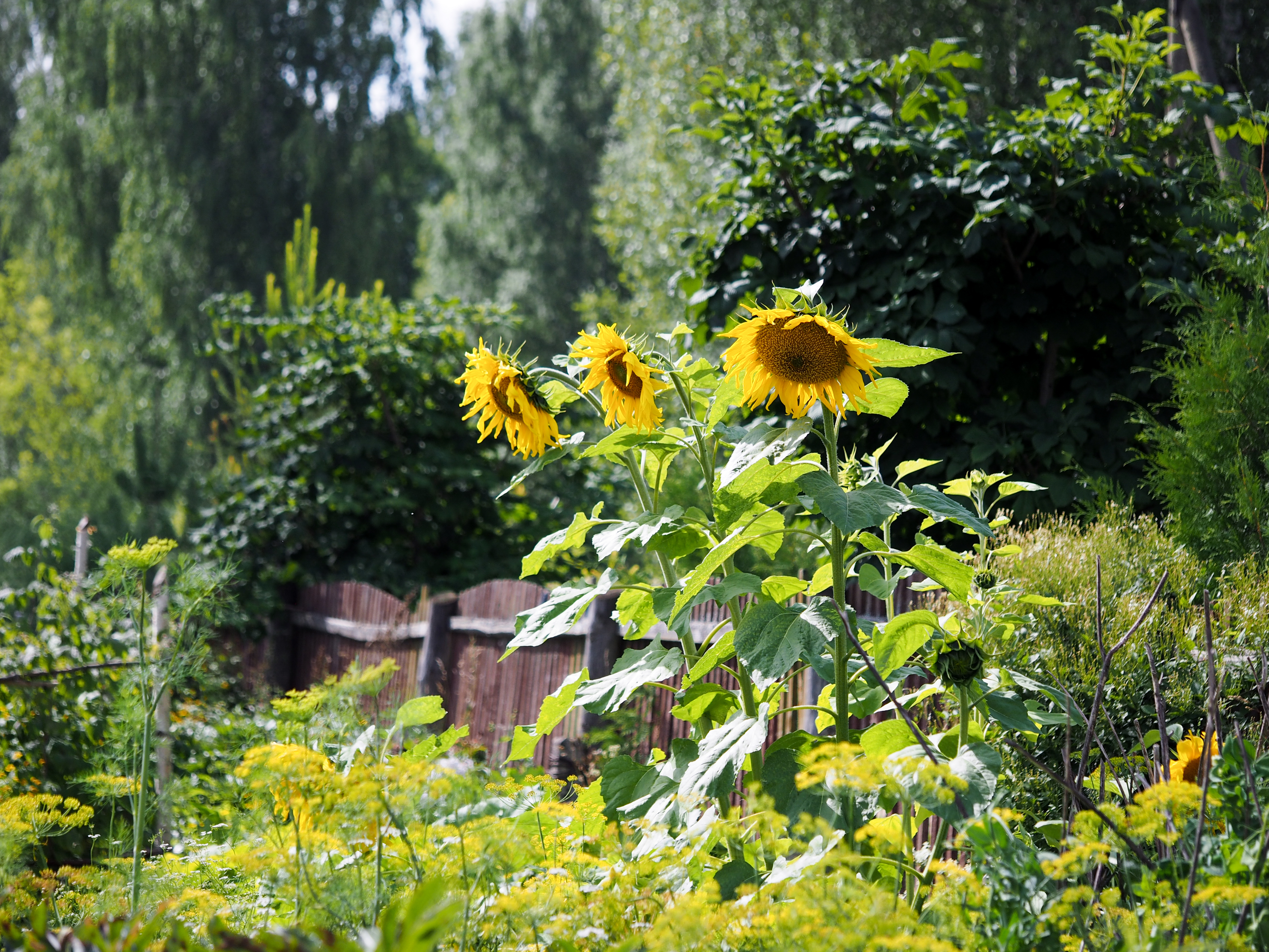
You've planted your precious bloom, but how do you care for sunflowers now? Firstly, Kasey says you need to 'make sure they get full sun. They are called sunflowers for a good reason and will not thrive in less than 6-8 hours of sunlight'. They're a great choice for plants for full sun if you've got an exposed spot in your back or front yard that needs filling. She adds: 'Be ready to stake them as needed when they get tall. They may need some support. Tie them to the stakes with rubber bands or cloth that has some give and won’t damage the stem'.
Kasey says to keep these blooms thriving, you should only water them when it is needed. She says: 'Once the sunflowers are above your knee in height, they will have established their tap root and will be drought resistant, but that doesn’t mean you can ignore them. If you see the leaves starting to wilt in the heat, then give them a drink. Water right at the roots and in the morning or evening (not the middle of the day). The plant will refresh in no time'.
Remember, sunflowers do not typically need fertilizer to grow, but Kasey says 'if you are noticing disease or pest problems, you can give them a mulch with compost to feed them'.
What are the common problems with sunflowers?
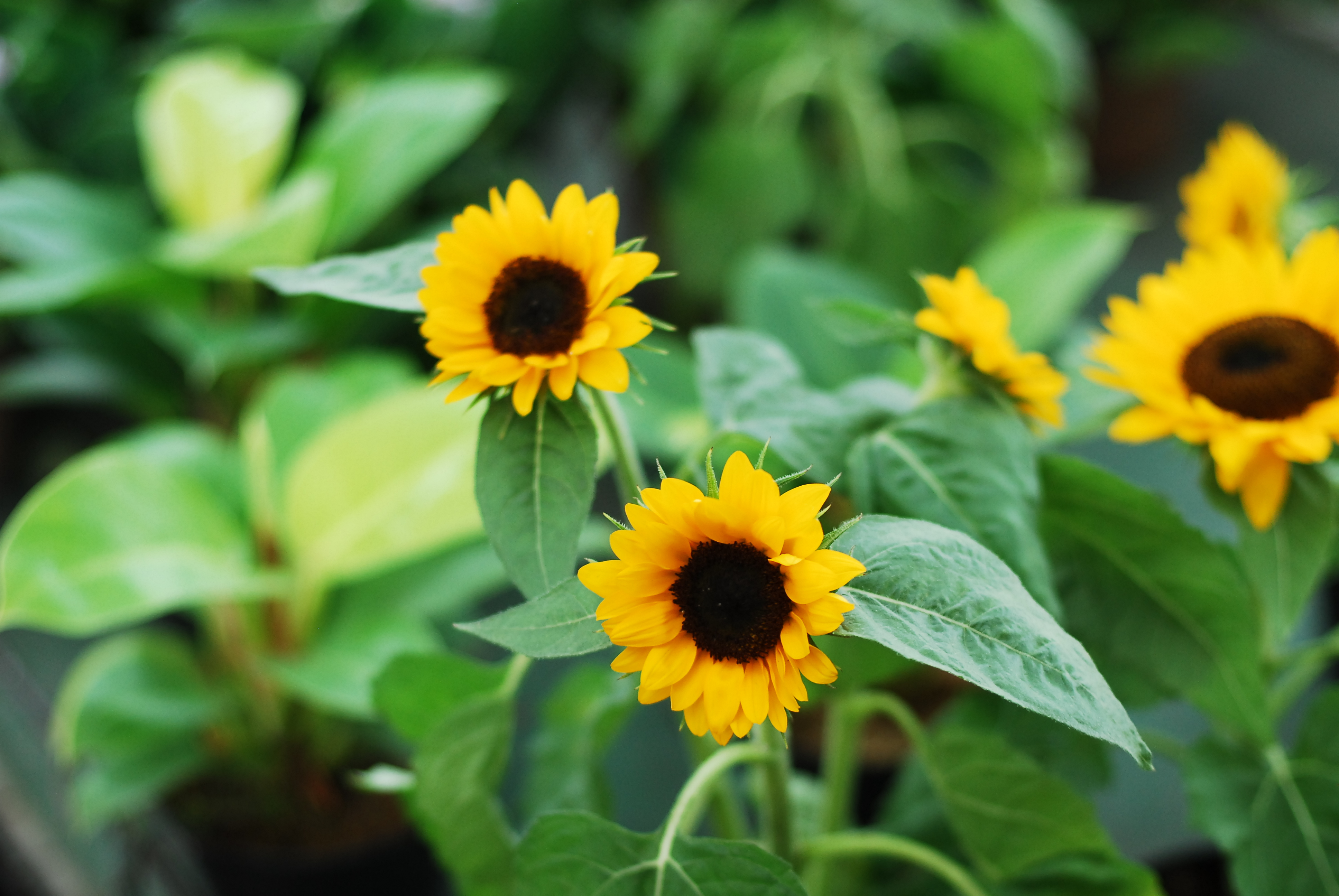
Just like any other plant, if you've decided to add these precious blooms into your backyard, do not forget about them. Give them love, care and attention in order to get the best outcome. Kasey says when planting your sunflower seeds, it is important to label your seeding spaces. 'People don’t label where there planted and then pull them as a weed when they are young. Label your seeding spaces!'
She adds: 'Sunflowers get ignored in those early days when they need the most support in terms of water and some protection from juvenile rabbits that like tender young leaves. Once the plants are grown they take very good care of themselves, but you may notice powdery mildew growing if you have a series of cool humid evenings. This can be avoided in most cases by watering only the roots of the plants in the mornings when extra moisture can evaporate through the day. If the mildew really takes hold, you may have to remove some leaves and use a copper fungicide spray'.
Pests problems can also arise if you do not take care of these blooms. Kasey explains: 'Sunflowers can get aphids which are annoying, especially because they love to hang out in tender new shoots and buds'. If this occurs, she suggests using an insecticidal soap spray, like this one from Amazon, which will get rid of any adults. 'Be sure to keep an eye out not to spray any lacewings or ladybugs you see as they are the natural predators for aphids and may be solving your problem for you!'
FAQS
What are the most popular sunflowers?
Plant expert Tony O'Neill from Simplify Gardening shares his insights into the most popular sunflower types.
Common Sunflower (Helianthus annuus): The most recognizable type, known for its large, single bloom and tall stature.
Varieties: Include 'Mammoth', 'Autumn Beauty', and 'Russian Giant'.
Dwarf Sunflower (Helianthus annuus): These are smaller, typically growing up to 3 feet tall.
Ideal for: Container gardening and small spaces.
Varieties: Include 'Sunspot' and 'Teddy Bear'.
Multi-Headed Sunflower (Helianthus annuus): Produces multiple blooms on a single plant.
Ideal for: Continuous blooming throughout the season.
Varieties: Include 'Italian White' and 'Soraya'.
Which way do sunflowers face?
Did you know, sunflowers always face the east? In the morning, the flourishing blooms face the direction of the rising sun and as the sun slowly starts to move, the sunflower heads eagerly follow the suns movements.
According to experts at University of California, Davis, 'sunflowers face the rising sun because increased morning warmth attracts more bees and also helps the plants reproduce more efficiently'. The experts continue: 'While sunflowers are growing, their heads turn back and forth to track the sun during the day...But as the flower heads, or capitula, mature and their stems become stiff and woody, this movement decreases until the heads are all facing the morning sun'.
All things sunflowers
Be The First To Know
The Livingetc newsletters are your inside source for what’s shaping interiors now - and what’s next. Discover trend forecasts, smart style ideas, and curated shopping inspiration that brings design to life. Subscribe today and stay ahead of the curve.

Faiza is the Renovation Editor at Livingetc. Faiza is currently renovating her small kitchen in her dainty apartment in London. Faiza previously worked for The Independent as a News Feature Writer, where she crafted lifestyle, entertainment, and news stories. She also worked as an Audience Editor for the newspaper for almost two years. Thriving in the busy newsroom, Faiza also spent her time crafting stories for Sky News as an SEO reporter, where she produced stories based on trending topics. Lifestyle and interior design is a space she has been interested in for quite some time, and as she blossoms in this field, she will continue to further her skills in design and gardening. Faiza has a background in SEO, social media, and reporting. Her passion for writing goes beyond her workm as she loves all things poetry and creative writing.
-
 Turns Out the Coolest New Café is Actually In Your Kitchen — Here's How to Steal the Style of TikTok's Latest Trend
Turns Out the Coolest New Café is Actually In Your Kitchen — Here's How to Steal the Style of TikTok's Latest TrendGoodbye, over-priced lattes. Hello, home-brewed coffee with friends. TikTok's 'Home Cafe' trend brings stylish cafe culture into the comfort of your own home
By Devin Toolen Published
-
 5 Bathroom Layouts That Look Dated in 2025 — Plus the Alternatives Designers Use Instead for a More Contemporary Space
5 Bathroom Layouts That Look Dated in 2025 — Plus the Alternatives Designers Use Instead for a More Contemporary SpaceFor a bathroom that feels in line with the times, avoid these layouts and be more intentional with the placement and positioning of your features and fixtures
By Lilith Hudson Published
-
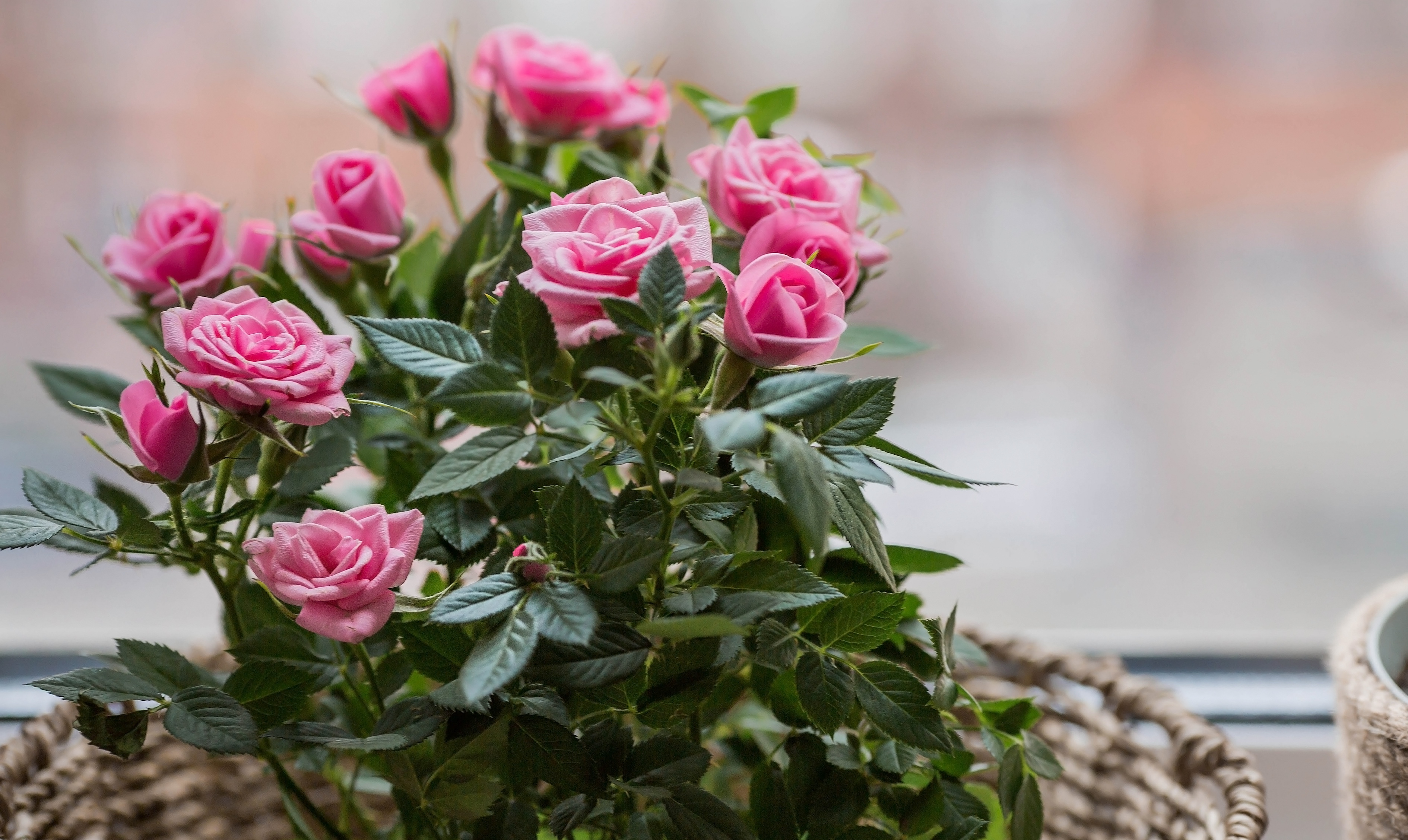 Miniature Roses Make for a Ravishing Houseplant in Your Home — Here’s How You Should Take Care of It
Miniature Roses Make for a Ravishing Houseplant in Your Home — Here’s How You Should Take Care of ItExpert advice on what you need to do to bring this flourishing bloom into your space
By Jacky Parker Published
-
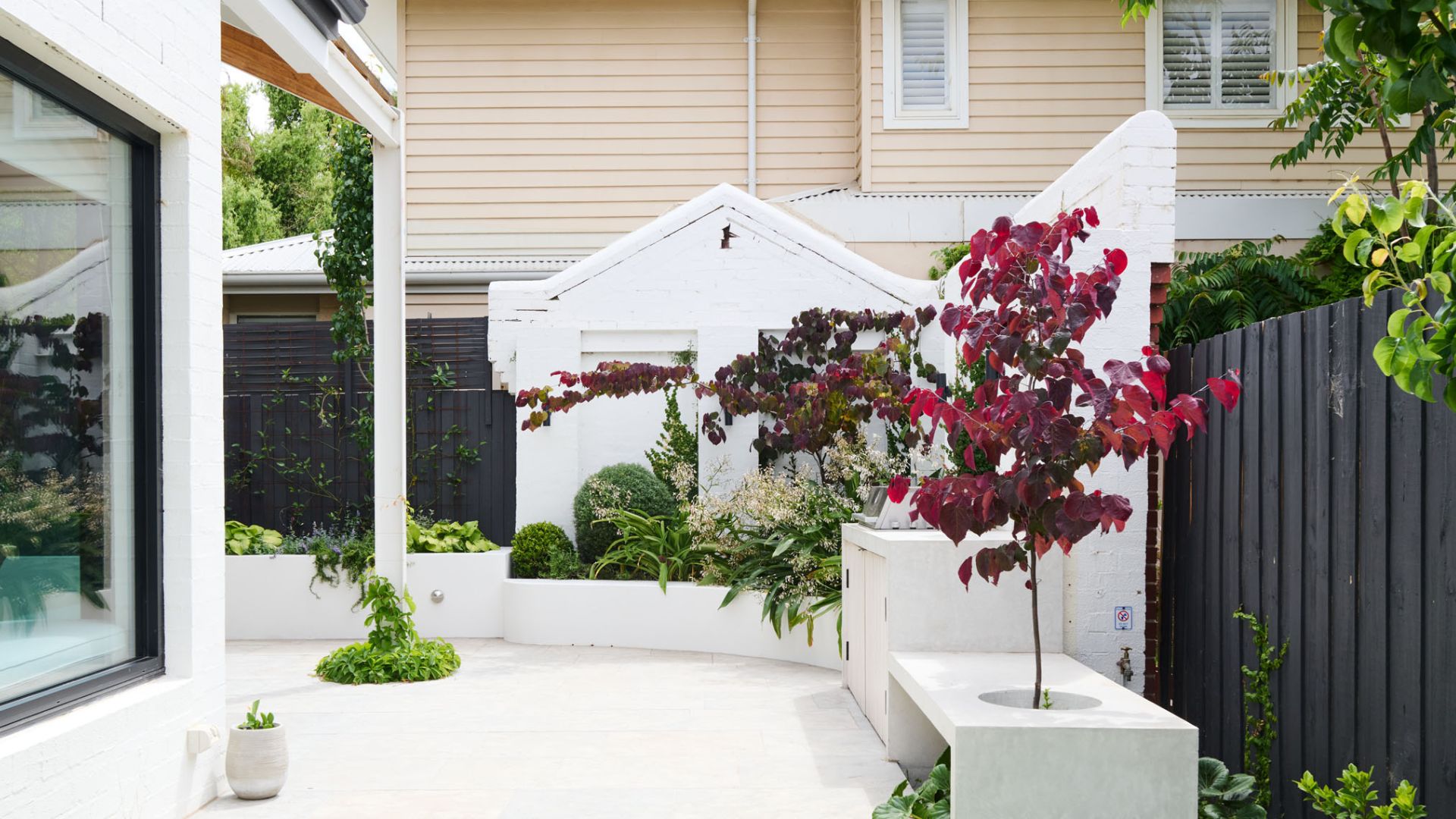 Should You Prune Plants in Winter? Gardening Experts Say Yes, But There's a Catch!
Should You Prune Plants in Winter? Gardening Experts Say Yes, But There's a Catch!Discover which trees and plants benefit from a trim during dormancy–and which don't
By Jacky Parker Published
-
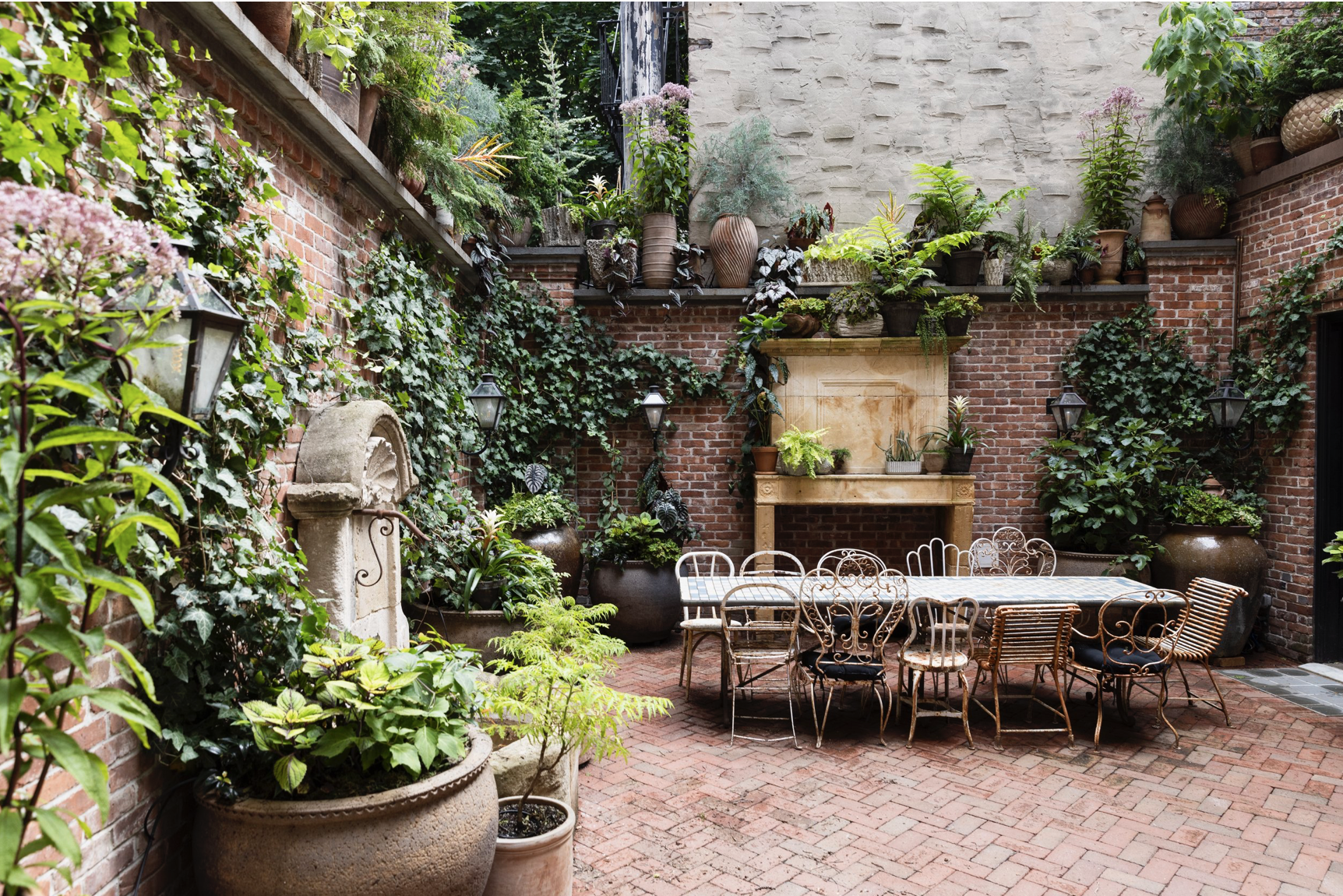 7 Architectural Plants That Will Make Your Yard Look Way More Expensive — and Less Bare — During Winter
7 Architectural Plants That Will Make Your Yard Look Way More Expensive — and Less Bare — During WinterAn award-winning luxury urban landscape designer reveals the plants they always choose for unbeatable winter structure
By Matilda Bourne Published
-
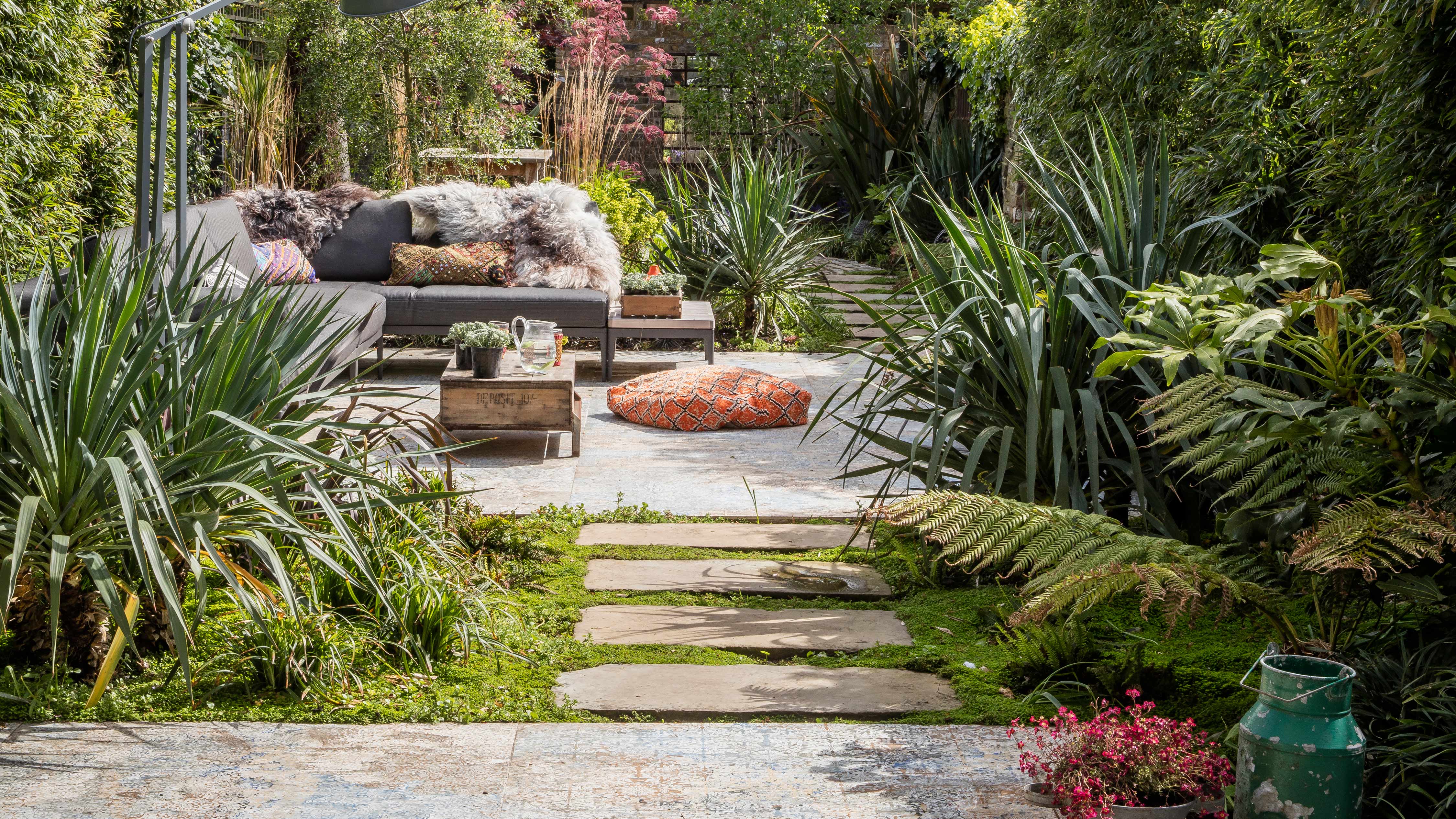 Bright, Beautiful and Full of Color — These are 7 Flowers You Should Plant in Pots in October
Bright, Beautiful and Full of Color — These are 7 Flowers You Should Plant in Pots in OctoberDon't let fall fool you into thinking blooms are a thing of the past. You can welcome them now and embrace them until the first frost or even spring
By Matilda Bourne Published
-
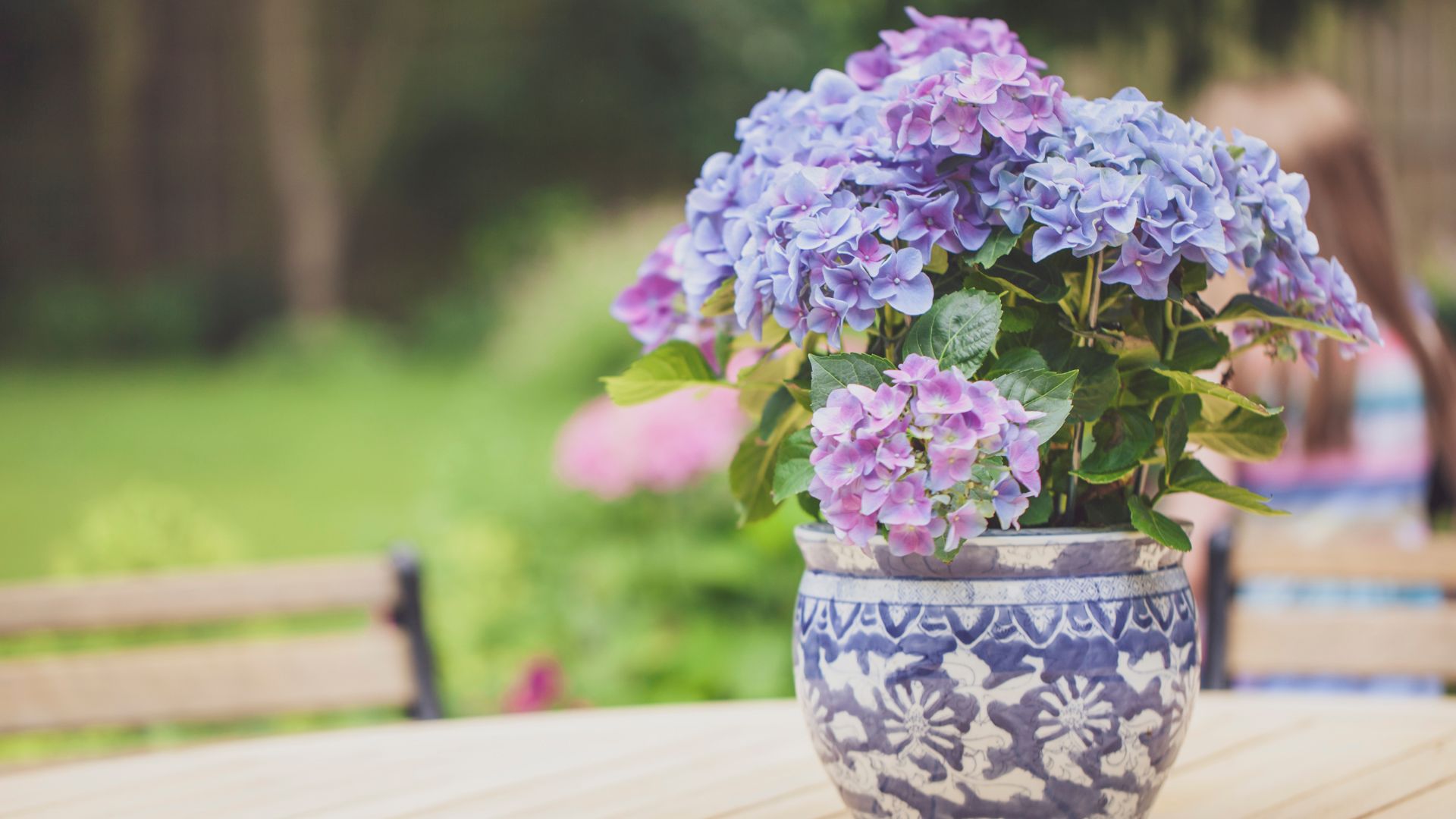 5 Dos and Don'ts Of Growing Hydrangeas In Containers — Planting Tips You'll Want to Know About
5 Dos and Don'ts Of Growing Hydrangeas In Containers — Planting Tips You'll Want to Know AboutTo get the best out of your abundant blooms, you'll want to follow this expert advice
By Amiya Baratan Published
